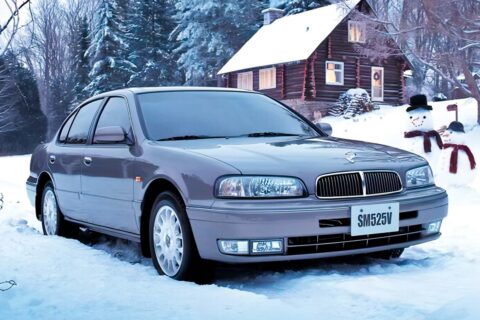
So, a globally recognised brand, an experienced partner company, a skilled workforce and a safe, proven product: what possibly could Samsung have got wrong?
Actually, the disaster to come wasn’t really its fault. The causes were varied and complex, but in basic terms, excessive borrowing and poor governance practices within governments, banks and private firms in developing Asian nations led to unsustainable levels of debt.
This were exacerbated by sudden and major drops in exchange rates after Thailand was forced to unpeg its currency from the US dollar, and suddenly these envied economies were plunged into terrible financial crises.
Korea’s currency depreciated by nearly 50% seemingly overnight. Kia went under with around £6.4bn of debt, resulting in a takeover by Hyundai. Samsung Motors did likewise with debt of about £2.4bn.
Daewoo initially looked to buy it, having already saved Ssangyong, but as the Asian crisis worsened, Daewoo was itself forced to sell its automotive interests, with General Motors the buyer – and by 1999, the entire chaebol had disappeared. So it seemed the rescuer of Samsung Motors would also have to be foreign, and that rescuer was Renault, paying £560m for a 70% stake.
To dig itself out of this deep hole, South Korea had to accept a humiliating £35bn bailout package from the International Monetary Fund, conditional on restructuring measures including dismantling chaebols and closing or merging more than 700 firms.
By 2002, things were actually going very well in Busan. Indeed, Renault boss Louis Schweitzer was named Autocar’s Man of the Year for having made both Samsung and Nissan stable and profitable.
The SM5 saloon had found favour among Korean taxi drivers, and this had spread to the wider public, with sales rising from 44,000 in 1998 to 116,000 in 2002.
Smaller and larger Nissan-based saloons naturally followed, later joined by Renault-sired crossovers.
Renault Korea has struggled of late, with sales plummeting, but its future looks bright again, with China’s Geely coming aboard.
